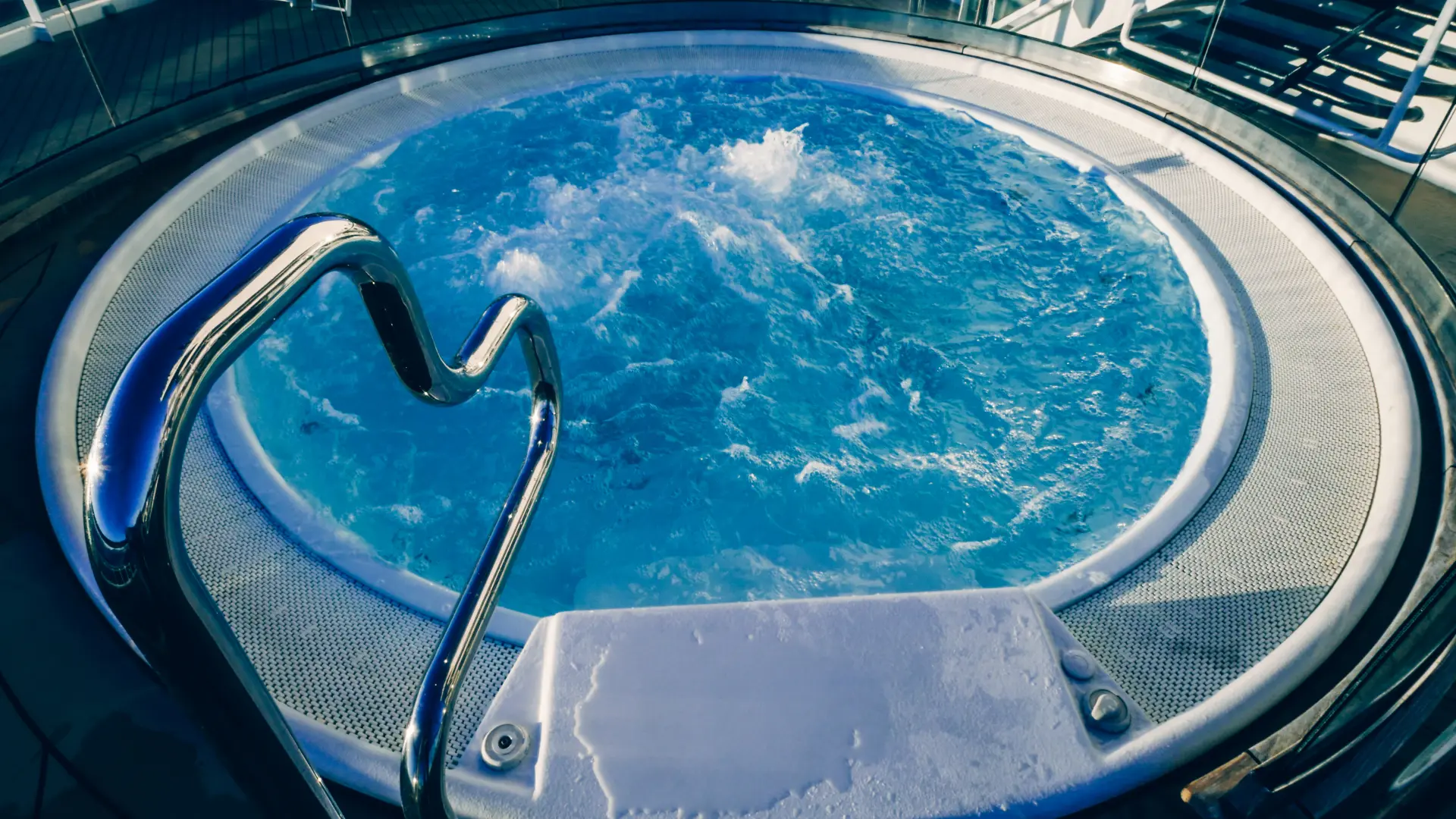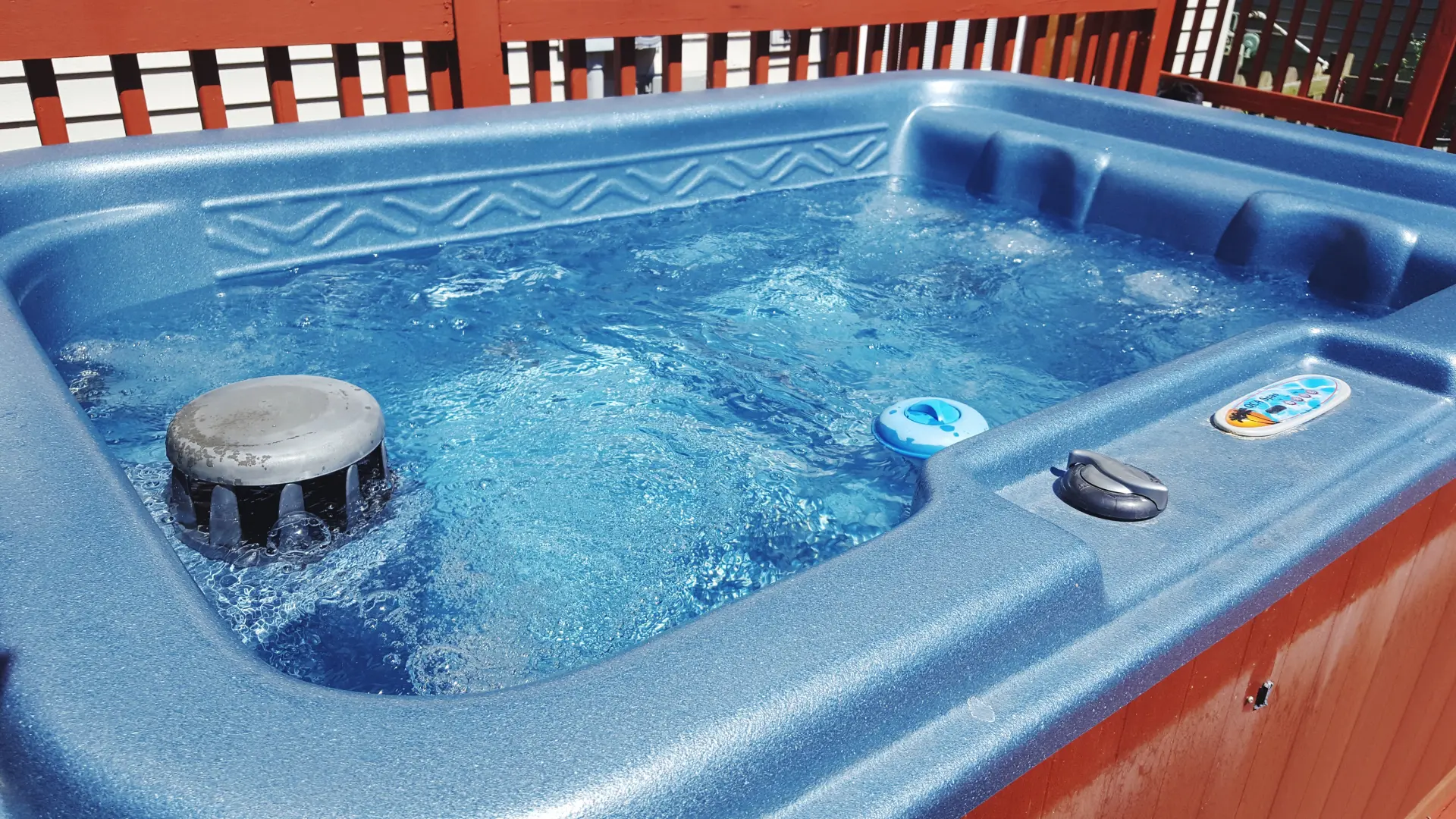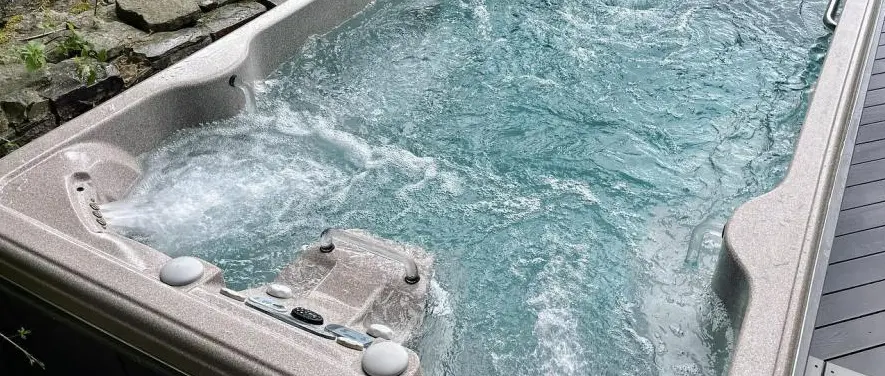Spring: Preparing Your Pool for Use
Spring is the time to get your pool ready after the winter months. Proper preparation allows you to make sure the water is clean, the equipment is safe, and the pool is prepared for use as soon as the weather warms up.The first step is to remove any pool cover carefully, making sure debris and dirty water on top of it do not spill into the pool. Once the cover is cleaned and stored, check the water level and top it up if needed.
Next, focus on cleaning. Use a net to remove leaves, twigs, or other debris from the surface. Brush down the walls and floor of your hydra pool to loosen any dirt that may have built up. Vacuuming is also helpful for a deeper clean. It is important to inspect the pool’s equipment. Check the pump, filter, and skimmer to make sure they are working correctly. Look for any cracks, leaks, or worn parts that may need repair or replacement before the pool is used regularly.
Finally, test the water balance. Adjust chlorine, pH, and alkalinity levels to make sure the water is safe and comfortable for swimming. Shocking the pool with a stronger dose of chlorine can help kill any bacteria or algae that may have developed over winter.
Summer: Keeping Water Clean and Balanced
During summer, your hydra pools and swimming pools are likely going to be used on a more regular basis, and warm weather can affect water quality. This means it's really important that you keep the water as clean, clear, and safe as possible for swimming. Frequent water testing is essential. Checking chlorine, pH, and alkalinity levels at least twice a week helps to keep the water balanced. If these levels are too low or too high, the pool can become uncomfortable to swim in and unsafe.

Daily cleaning also makes a big difference. You should skim the surface to get rid of any leaves, insects, and other visible debris. Brushing the sides and floor prevents dirt and algae from building up, while vacuuming keeps the pool clear and inviting.
The filter and pump should run for several hours each day to keep water moving and clean. Make sure to backwash or clean the filter often so it continues to work properly.
Hot weather and frequent swimming mean bacteria and algae can grow faster. Shocking the pool every week or two gives the water a strong clean and helps prevent problems before they start.
Autumn: Clearing Leaves and Debris
Autumn brings cooler weather and falling leaves, which can quickly build up in a pool. If not managed, leaves and other debris can stain surfaces, block filters, and make the water dirty.
The first step is to skim your hydra pool daily. Removing leaves from the surface stops them from sinking to the bottom, where they are harder to clean. Using a pool cover when your pool isn't in use also helps reduce the amount of debris that gets into the water. It is also important to check the skimmer and pump baskets regularly. Leaves and twigs can clog these parts, forcing the pump to work harder and reducing water circulation. Emptying them often keeps the system running smoothly.
Vacuuming your pool floor and brushing the walls helps remove smaller debris that may not be caught by skimming alone. This helps stop stains and keeps the pool looking fresh.
Autumn is also a good time to reduce the running hours of the pump, as the pool will likely be used less. However, keeping up with cleaning and filter maintenance is still necessary to stop problems from developing.
Winter: Protecting Your Pool in Cold Weather
Winter is the season when pools are used the least, but it is still important to look after them. Proper care during the colder months helps prevent damage and makes reopening the pool in spring much easier. The first step is to give the pool a thorough clean. Make sure to get rid of any leaves, debris or dirt that may be lingering in the water and brush the surfaces. This prevents staining and keeps the pool in better condition while it is not in use.

Next, balance the water chemistry. Adjust the existing chlorine, pH, and alkalinity levels as a way to protect the water and surfaces over the winter. Adding a winterising chemical treatment can also help stop algae and bacteria from growing.
Lowering the water level is often recommended, especially in areas where freezing is common. This helps protect the skimmer and pipes from damage caused by expanding ice. Pool equipment, such as pumps and filters, should be drained and stored if possible.
Lastly, cover the pool securely. A strong, fitted cover stops leaves, dirt, and animals from getting into the water. It also adds a layer of safety during the months when the pool is not in use.
Year-Round Checks for Pumps and Filters
Pumps and filters are at the heart of a pool’s system. Keeping them in good condition all year helps the water stay clean and reduces the chance of sudden breakdowns.It is always important to listen for any notable changes in the sound of the pump. A steady hum is normal, but rattling, screeching, or gurgling noises may point to problems such as air in the system, worn parts, or debris inside the pump. Spotting these changes early can prevent bigger faults.
Checking the filter regularly is also vital. Clogged filters typically make the pump work much harder and can leave the water looking cloudy. Clean or backwash the filter as needed, depending on the type, and replace filter media when it becomes less effective. Inspecting pipes, seals, and fittings helps to find small leaks before they turn into bigger issues. Even a slow drip system can lead to water loss and damage over time.
Carrying out these checks every season, along with regular cleaning, will keep pumps and filters working smoothly. A little maintenance throughout the year saves money, protects equipment, and keeps the pool safe and inviting.
At The Hot Tub Engineer, we can keep your hydra pool running smoothly, cleanly, and efficiently. From balancing the water and filtration systems to servicing the pumps, heaters, and jets, we can help extend it’s lifespan.


